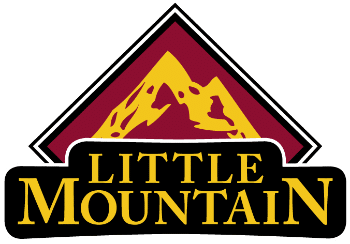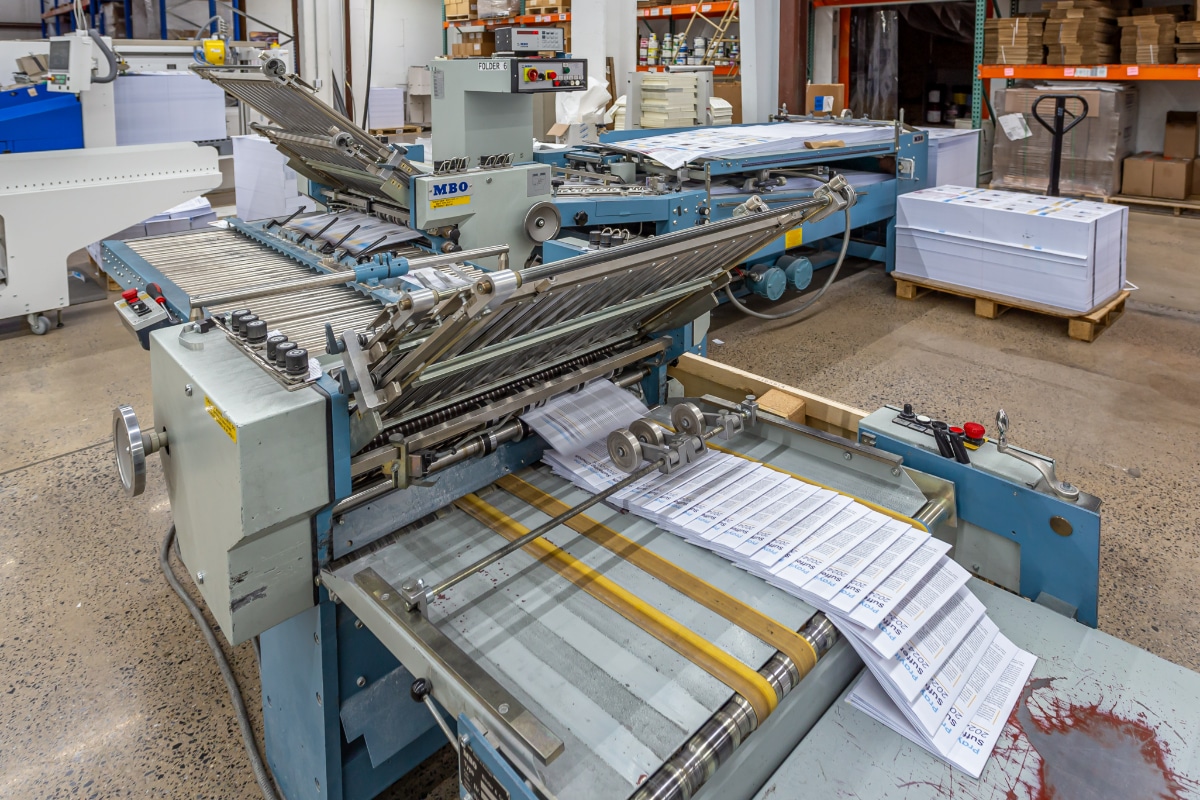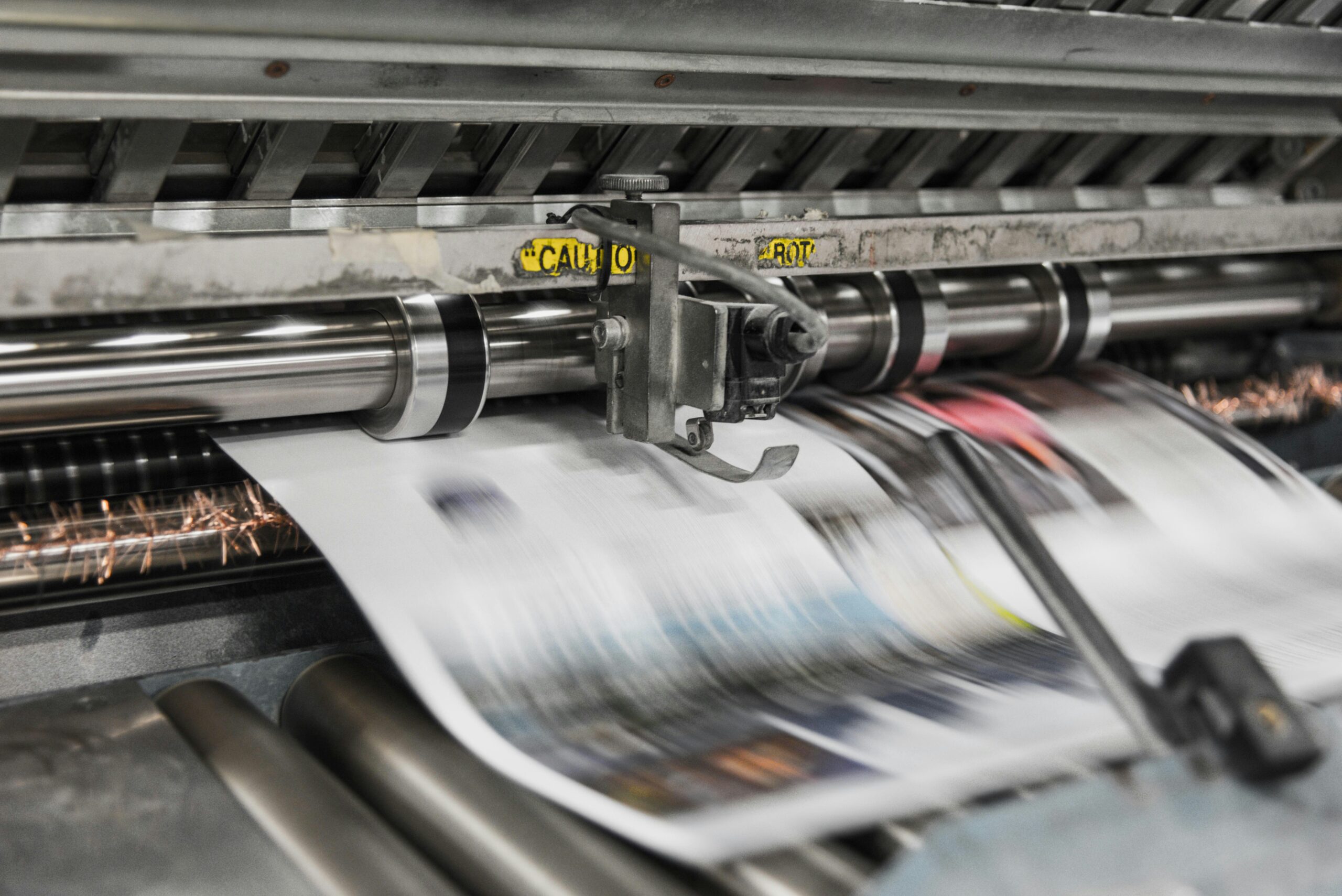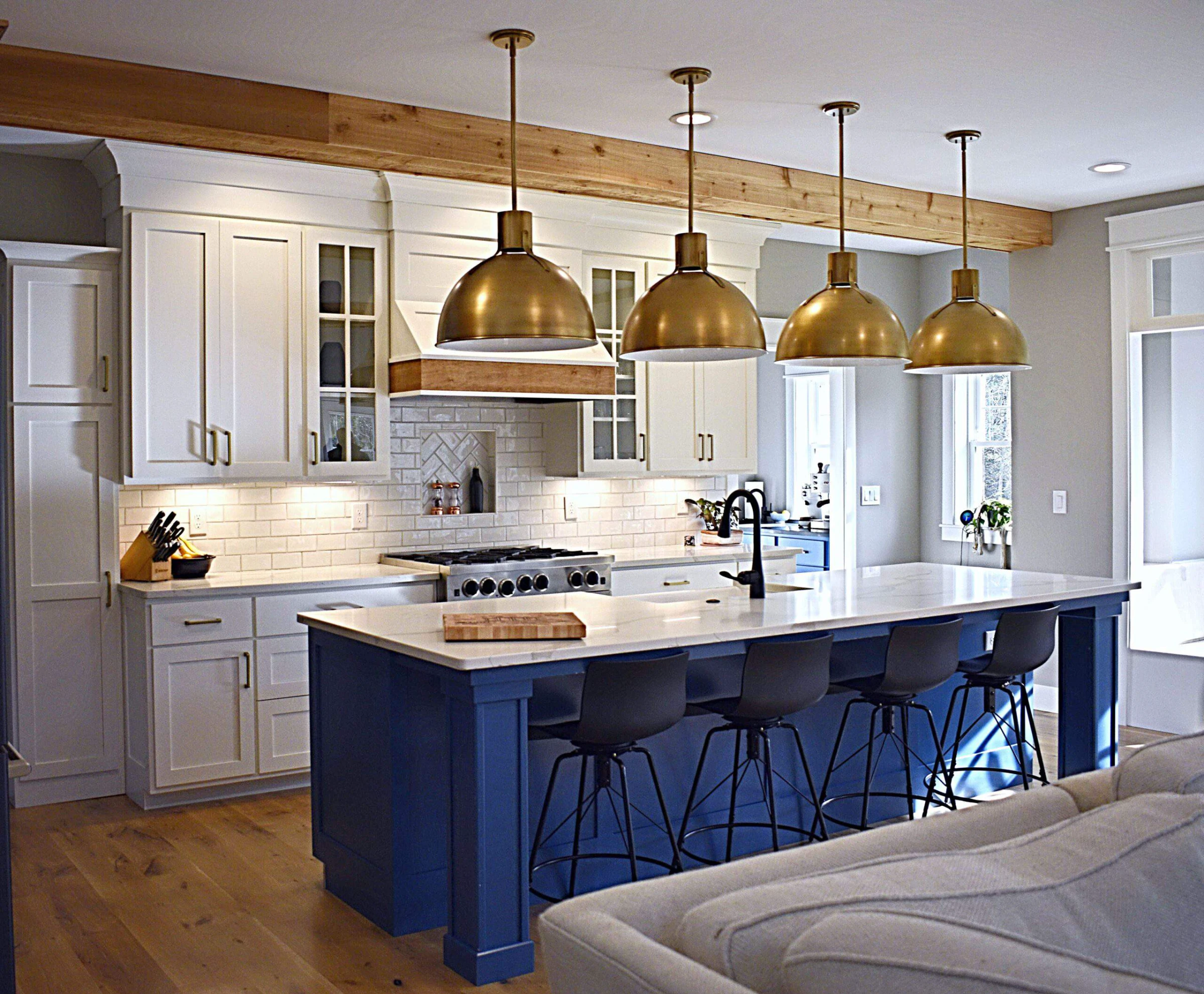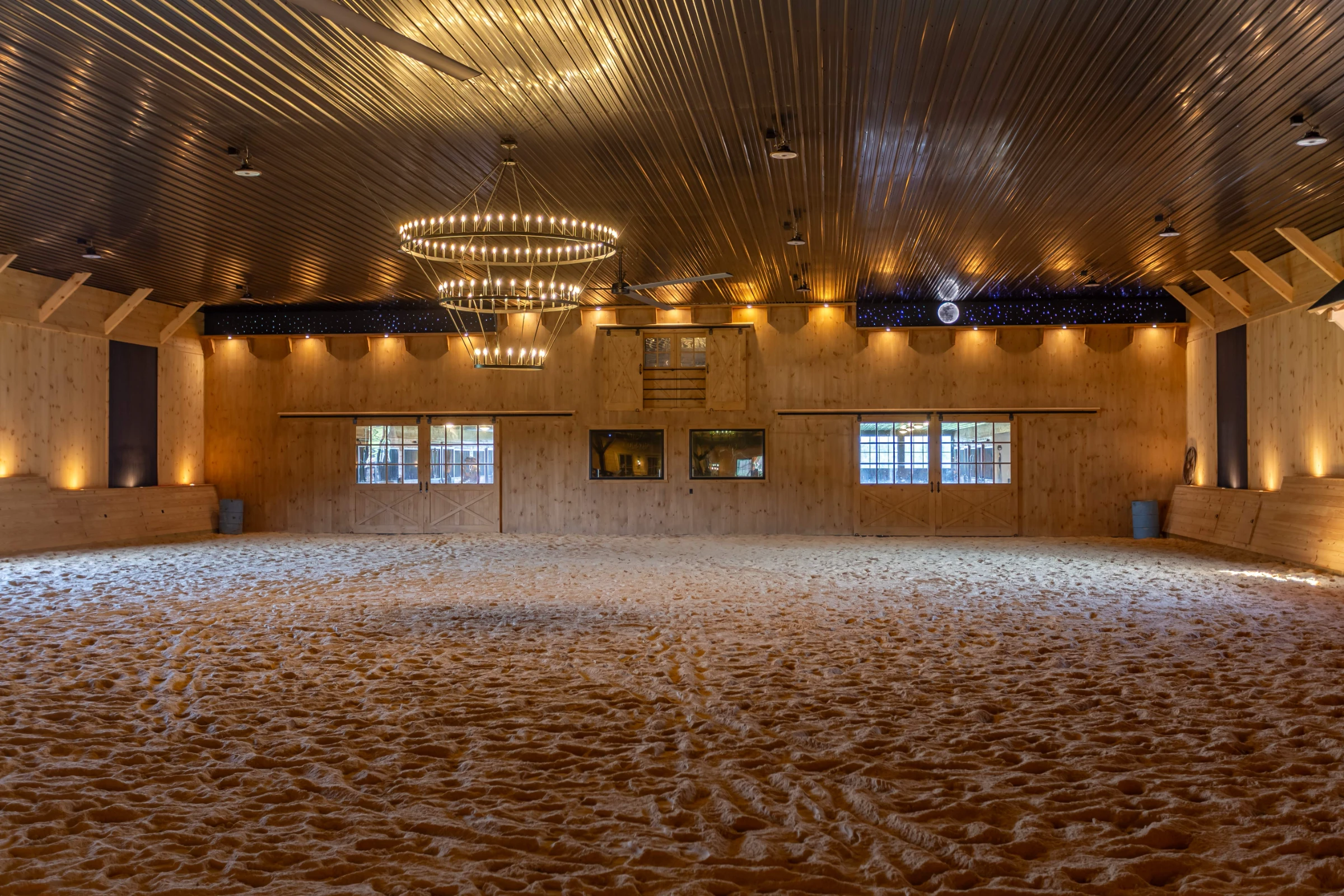You’re thinking about printing a catalog. Or maybe it’s a booklet. Manual? Newsletter?
If you’re overwhelmed and not sure where to start with a new custom catalog or booklet printing, we’ve got answers. For 30 years, we’ve been designing and printing custom catalogs and booklets of all shapes and sizes for businesses throughout the U.S. From cheap catalog printing options to luxury print catalog solutions that will make your organization shine, this guide will help you understand the many decisions that go into print production.
But know this: when you’re ready, our team provides a comprehensive design process, photography, printing, collating, and mailing services, all with a hands-on, customer-centric approach.
Let’s jump in to the ultimate guide to catalog printing for businesses.
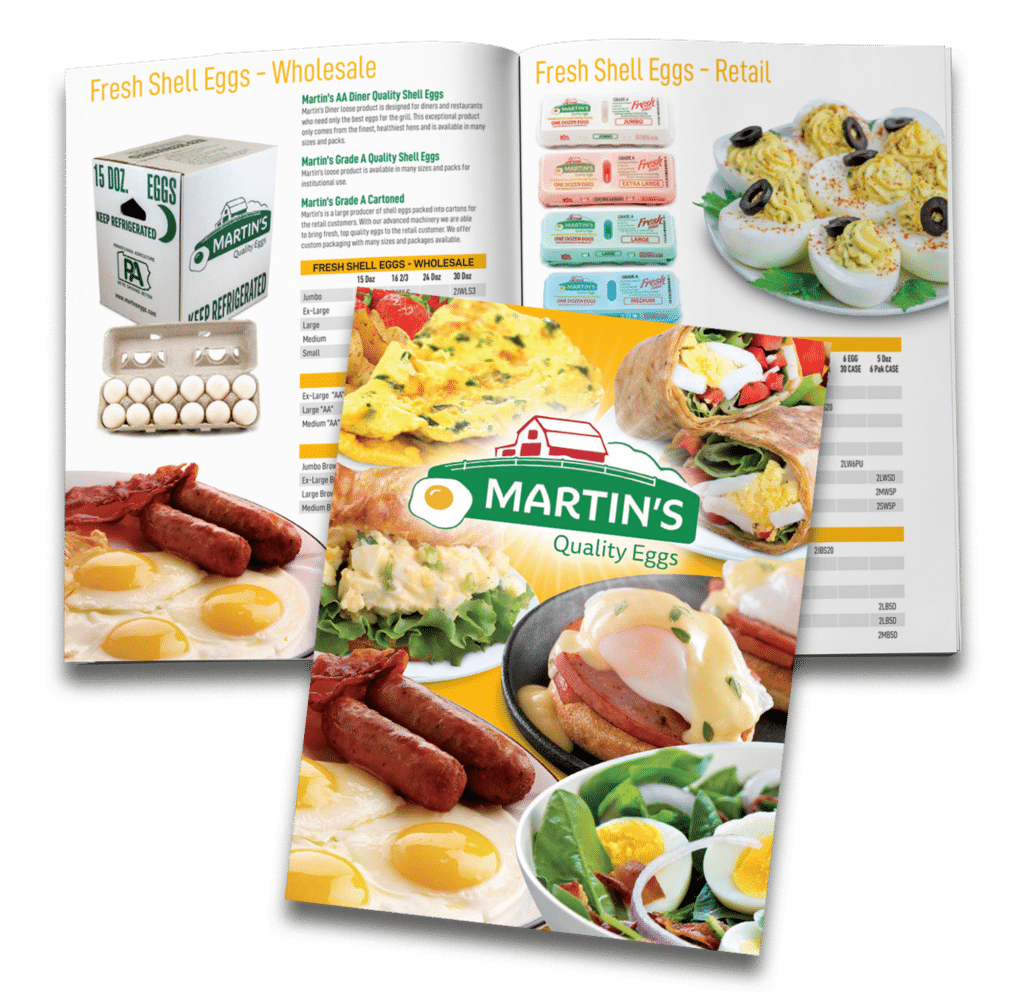
The Power of Printed Catalogs
For most of our clients, our catalog printing services provide a powerful marketing or customer service tool that helps businesses showcase their products or services effectively. These often take the form of:
- Product catalogs with professional product photos
- Service catalogs outlining service offerings or packages
- Product manuals, explaining how a product operates or maintenance & troubleshooting processes
With the right catalog printing services, businesses can engage their target audience, serve their existing customers well, enhance brand visibility, and drive sales effectively. Printed catalogs allow businesses to establish a strong brand presence and build customer loyalty.
What To Expect When Considering Custom Catalog Printing
Our advice is always to give us a call and talk through your needs. Our in-house graphic design and customer service team can quickly narrow down the best products and services to meet your goals.
But you will have some decisions to make along the way! From paper stock to catalog size and binding method, the options are nearly endless. Here are some basics.
Catalog Size and Orientation
Square Catalog Options
Square catalogs offer a unique and modern look that sets them apart from more traditional formats. The balanced proportions of a square catalog provide a fresh, contemporary appeal that can help your brand make a bold statement. We find they’re most often used for high-end product presentations, luxury items, or any content that benefits from a symmetrical layout. Common sizes we print include 5.5″x5.5″, 8″x8″, 8.5″x8.5″, and even 12″x12″ (though this is getting quite large).
Traditional Portrait Orientation and Sizes

Portrait-oriented catalogs are the most common and versatile format, ideal for a wide range of applications. This vertical layout is perfect for detailed product descriptions, professional portfolios, or corporate brochures. Popular sizes include 8.5″x11″ (standard paper size), 5.5″x8.5″, and 9″x6″. The portrait orientation allows for easy and natural readability on catalog pages and a natural flow of information, making it an excellent choice for catalogs that need to convey a lot of detail through typewritten print.
Landscape Catalog Design
Landscape catalogs offer a wider format, which is particularly beneficial for showcasing large images, or detailed diagrams. We frequently use this orientation for custom catalogs of real estate listings, travel guides, and photo books.
Common catalog sizes in a landscape orientation include 8″x6″, 10″x8″, and 11″x8.5″. The landscape format provides ample space for visuals, making it ideal for catalogs where imagery is a key component of the presentation.
Color or Greyscale?
This choice often comes down to budget or cost-savings, as color printing does add cost. For most businesses, it’s easily well worth it, however, as color significantly impacts the look, feel, and effectiveness of your catalog.
Full Color for Vibrancy and Impact
Full-color catalog printing is the go-to choice for most catalogs because of its ability to create eye-catching and visually appealing designs. Vibrant colors can make your products stand out, evoke emotions, and grab the attention of your audience. This option is particularly beneficial for product catalogs, real estate listings, and any material where imagery plays a central role. An oft-overlooked benefit is that full color allows you to maintain brand consistency, too, by accurately representing your brand’s colors and logo. This helps reinforce brand recognition and trust among your customers.
Greyscale for Cost-Effectiveness
Printing in greyscale is often more cost-effective than full-color printing, making it a practical choice for businesses with a tight budget. If your catalog’s primary purpose is to convey information rather than to showcase vibrant visuals, greyscale can be a budget-friendly option without compromising on readability. Our Fishwrapper publication is a good example, where function (entertaining and helpful content) takes precedence over form in these simple paper pages.
Paper Weights and Type
Paper stock weight affects the durability, feel, and quality of your printed materials. Paper stocks are typically measured in pounds (lbs) in the US., and 20 lb stock is what you’re probably most used to seeing for standard office printer paper, such as copy paper. It’s lightweight and cost-effective, suitable for everyday printing tasks.
In the other end of the spectrum is 100 lb or 120 lb, commonly used for high-end brochures, catalogs, and booklets. This weight provides excellent durability and a substantial feel, creating thicker catalogs that need to be attractive and attention-grabbing.
We often see clients using 80 lb stock for their cover and 100 lb for interior pages, or 100 and 100 for most wholesale catalogs.
Uncoated Paper Versus Coated
Another decision! Choosing between coated and uncoated paper generally depends on whether you’re after vibrant, durable images or a natural, writable surface. Coated paper has a smooth, glossy surface that enhances the sharpness of images and text. It’s less absorbent and provides crisp, clear print quality ideal for magazines, catalogs, brochures, and promotional materials. Importantly, it doesn’t have to be glossy, but can be matte or satin. Uncoated paper offers a natural texture with a softer, more tactile feel and is more absorbent. Its writable surface makes it perfect for books, manuals, and business cards.
Cover Types
Self-Cover
A self-cover means that the cover is made from the same material and paper stock as the interior pages. This option is cost-effective and provides a uniform look throughout the catalog. It’s ideal for shorter catalogs or booklets where budget is a primary concern.
Gloss Cover
A gloss cover offers a shiny, reflective finish with added durability and resistance to fingerprints and smudges.
Matte Cover
A matte cover has a non-reflective finish that gives your catalog a sophisticated and elegant look. It’s great for high-end catalogs, corporate brochures, and materials where readability and a professional appearance are crucial.
Soft-Touch Cover
A soft-touch cover features a unique coating that provides a velvety, luxurious feel. This type of cover adds a tactile element to your catalog, making it more memorable and enjoyable to handle. Soft-touch covers are perfect for premium catalogs, high-end product presentations, and materials where you want to convey quality and elegance.
Binding Options
Have you ever considered how magazines or booklets are held together? When it comes to booklet printing, you’ve got some great binding options!
Perfect Bound
Perfect binding uses a strong adhesive to glue the pages together at the spine, creating a clean and professional look. This method is ideal for thicker catalogs, magazines, and books, offering a polished finish and the ability to lie flat when opened.
Staple-Bound or Saddle Stitching
Also known as saddle stitch binding, this method staples folded pages along the spine. It’s cost-effective and perfect for smaller catalogs and booklets, providing a simple, clean appearance and quick production.
Glue-Bound
Glue binding uses a flexible adhesive for added durability and longevity. It’s similar to perfect binding but is better suited for catalogs that require frequent handling, ensuring they stay intact over time.
Spiral-Bound
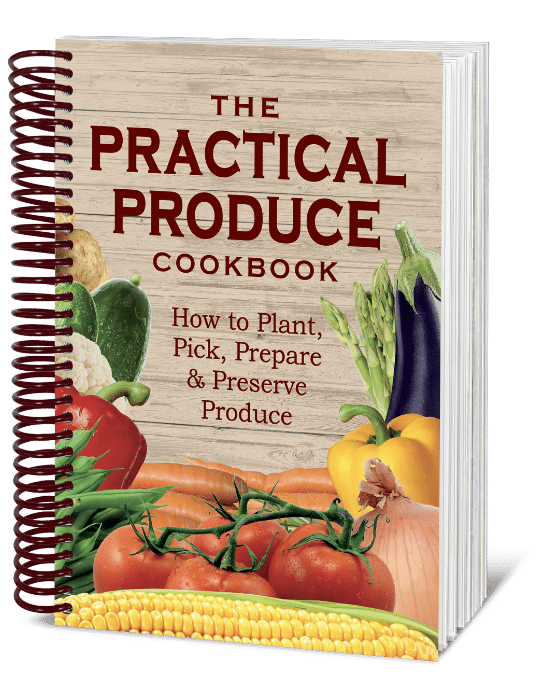
Spiral binding uses a plastic or metal coil threaded through punched holes along the edge, allowing the catalog to lie flat or fold back on itself. This makes it ideal for instructional manuals and workbooks that need to be user-friendly and durable while sitting flat on a table, or even being folded entirely around for one-hand use.
Our Printing Equipment
While not something our customers need to think about, we use two primary printing systems depending on the size, stock, print quality, and production turnaround needs of your catalog printing,
- For short-run prints of fewer than 500 copies, we generally use out digital printer.
- For long-run bulk catalog printing of 1000 or more copies, we use our offset printer, an immense 40-inch Heidelberg 106 with UV drying to make long and high-volume prints faster and more efficient than ever.
We do trade print work, too!
Outsource Your Catalog Printing to a Team That Knows Printing!
We’ve thrown a lot of decisions your way, and to the uninitiated, making catalog decisions can be a lot!
That’s what makes Little Mountain Printing a great partner for showcasing your company’s products and services efficiently. We provide comprehensive catalog design and print services, including multiple revision and a team that’s been at it from our print shop in Lebanon County, PA for more than 30 years!
Expert Catalog Printing Services for Your Business Needs
That’s us.
Our goal is to help you make your marketing efforts bear fruit. Here’s how it works:
- We connect by phone and/or email to discuss your needs and goals. We provide insights and ideas as to how we could bring your vision to life, offering suggestions and examples from our thirty years in the industry.
- When ready, we go to work designing and laying out your catalog, providing digital renderings in a single PDF file for you to review and help us refine together.
- When everyone’s happy with the visual appeal, page count, and everything in between, we go to print!
- With your finished catalog in hand, we can send it to you for distribution or even mail it to your customers or prospects. We provide mailing services and list rentals in-house.
That’s it! Your catalog is done and your potential customers in reach. For the best prices and a full range of catalog printing capabilities, get in touch.
